Chemistry and Light
Developing a molecular-level understanding of light-induced processes is crucial for the rational design of new light-activated materials to address important challenges currently facing society, such as harnessing solar energy efficiently and developing new tools for disease diagnosis and therapeutics. One of the great strengths of our research theme is the interaction between experimental and computational groups tackling these challenges. UCL Chemistry hosts a new state-of-the-art ultrafast laser facility, housed in the new UCL Photon Science Hub, providing femtosecond light pulses with energies ranging from the infrared (IR) to the vacuum ultraviolet (VUV), for time-resolved photoelectron spectroscopy in the gas-phase, in liquids and on surfaces, as well as femtosecond transient electronic absorption (TAS) and femtosecond stimulated Raman spectroscopy. We also have capabilities for nanosecond TAS, fluorescence lifetime measurements, and world-class computational chemistry facilities. Several of our groups exploit world-leading light sources such as Artemis (Harwell) and Elletra (Trieste). Recent research highlights include work on photoactive proteins, organic solar cells, organic photocatalysts and transparent conducting oxides.
Theme leads: https://profiles.ucl.ac.uk/3176-helen-fielding and Professor Martijn Zwijnenburg
Contact: light.chem@ucl.ac.uk
Follow us on Twitter: @UCLChemLight; @CLDSeminars
Theme Academics:
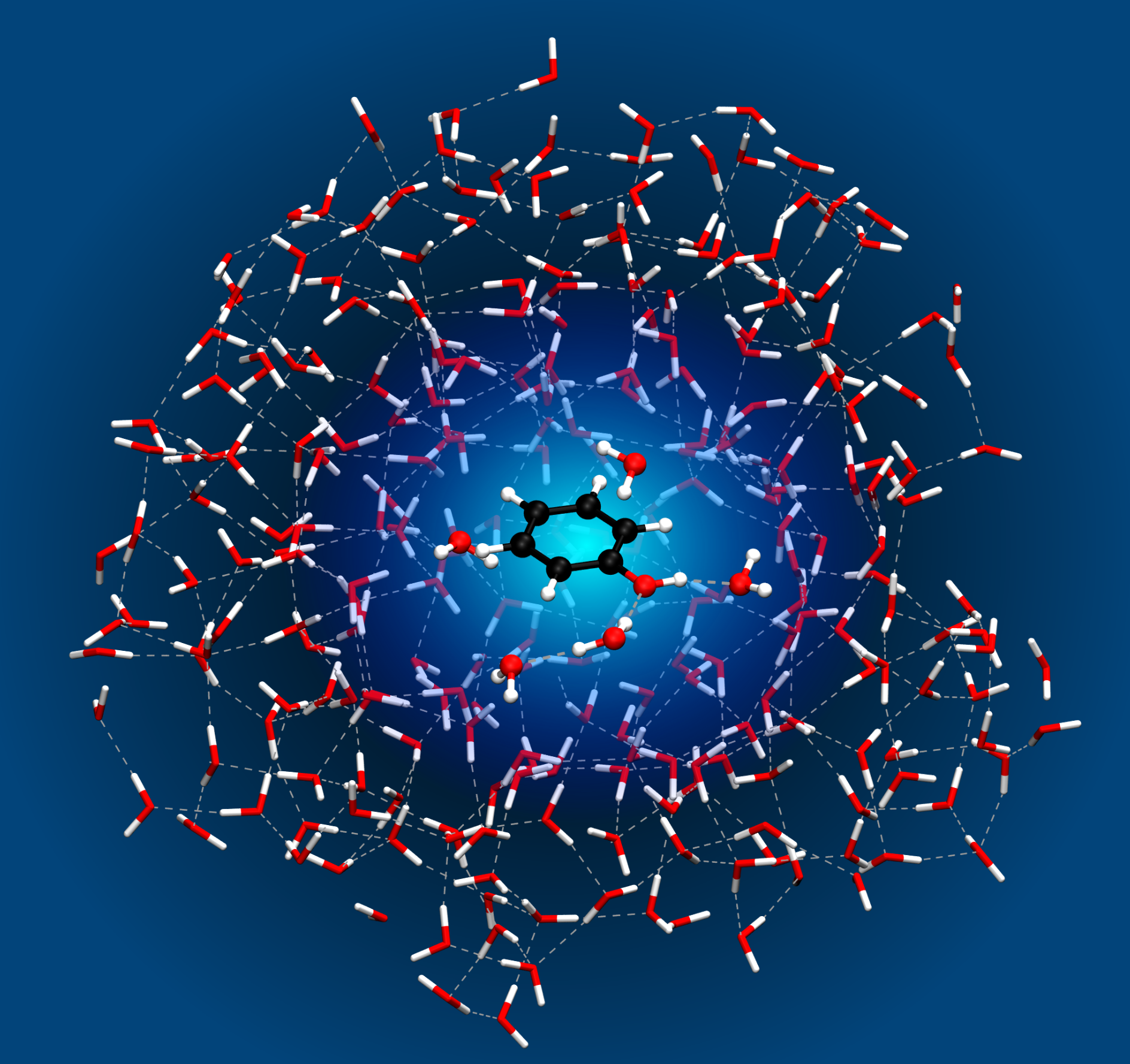
Prof. Helen Fielding
The Fielding group employs laser photoelectron spectroscopy and quantum chemistry calculations to study the electronically excited states of molecular systems and nanostructures. Current work is focused on systems ranging in complexity from small organic molecules and deprotonated protein chromophores in the gas-phase to small organic molecules, proteins and nanostructures in the solution phase and on surfaces. Helen Fielding is director of the ultrafast laser facility.
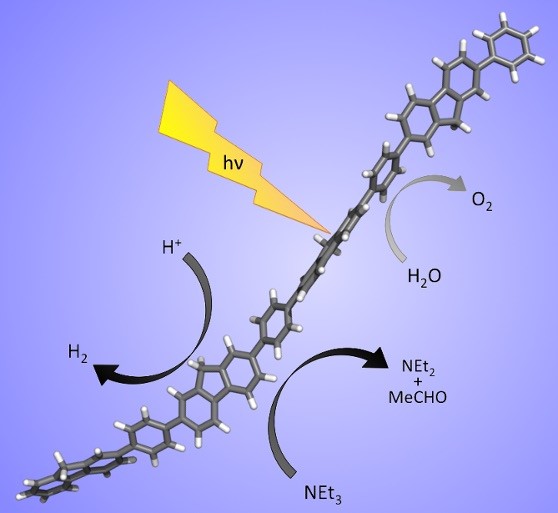
Prof. Martijn Zwijnenburg
The Zwijnenburg group uses computational chemistry to understand and predict the excited state properties of materials such as organic polymers and inorganic nanoparticles and quantumdots. Current work is focussed on understanding how the excited state properties of these materials determines their efficiency when used in application such as solar cells and water splitting photocatalysis, and how we can accelerate the computational screening of the excited state properties of materials.

Dr Jamie Baker
The Baker group explore photochemical reactions, particularly for use in Chemical Biology, to control biologically active molecules with UV/Vis light. By synthesising specifically designed organic chromophores, and investigating the photochemical reactions they undergo, they aim to enable new applications. Current work includes exploring [2+2] photocycloadditions for peptide and polymer crosslinking, and the construction of antibody-drug conjugates with photocleavable linkers to enable triggered release of drugs at targeted cells.

Dr Michael Booth
The Booth group develop controllable nucleic acids and synthetic cells for biology and medicine. Light-activated nucleic acids are being developed by attaching photocages at specific locations. Our work spans the synthesis of different wavelength photocages to the application of the controllable nucleic acids. In the future, our chemical methods for controlling DNA and RNA structure and function may form the basis of controllable therapeutics and new technologies for basic research.
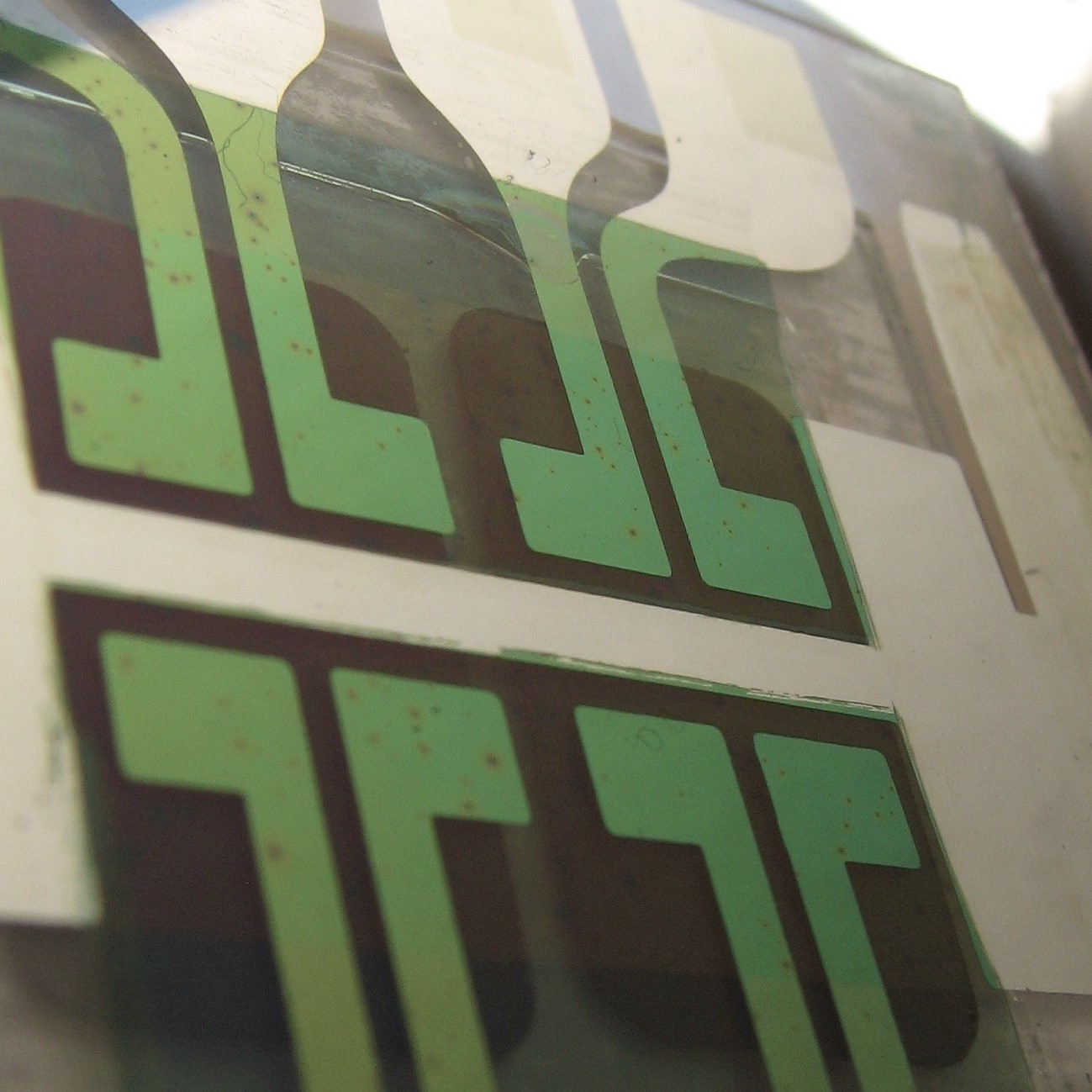
Dr Tracey Clarke
The Clarke group focus on the laser spectroscopy of conjugated organic materials such as conducting polymers. In particular, we use Raman and transient absorption spectroscopy to explore these materials for applications such as organic photovoltaics and LEDs, seeking to establish structure-function relationships to enhance device efficiencies.
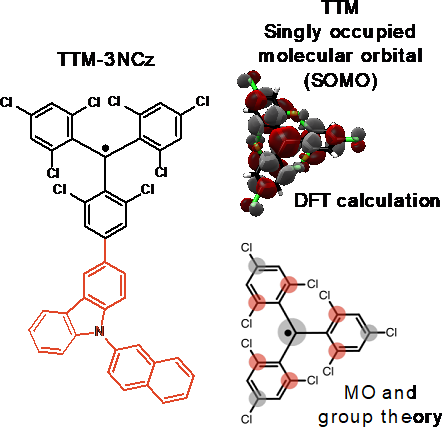
Dr Tim Hele
The Hele group seeks to understand, explain and predict the interaction of light with organic electronics, especially molecules with unpaired electrons known as radicals. By using a mix of pen-and-paper theory, computation and experimental collaboration we aim to design next-generation light-emitting diodes and solar cells.
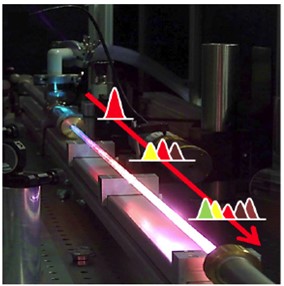
Dr Rebecca Ingle
The Ingle group combine different ultrafast spectroscopic techniques from the X-ray to the visible to study photoinduced processes in a variety of molecular systems. Experimental techniques used include multidimensional optical spectroscopy and time-resolved X-ray absorption alongside complementary ab initio calculations. Systems studied range from metal complexes, including those for photodynamic therapy, to gas and solution phase organic systems.

Dr Sabrina Simoncelli
The Simoncelli group combines advances in photonic nano-structures, which are materials that can confine light in nanoscale dimensions, with optical microscopy and spectroscopy techniques to image, sense and manipulate biological objects at the nano-scale. Current work is focused on exploiting 2D and 3D super-resolution fluorescence imaging to study complex synthetic materials, as well as, to answer fundamental biological questions.
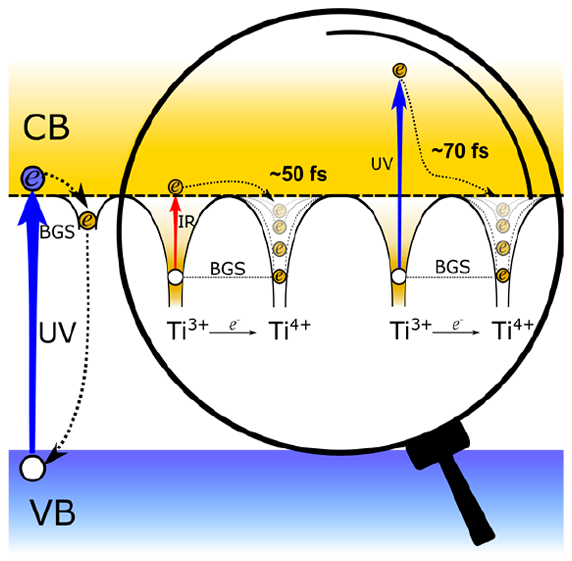
Prof. Geoff Thornton
The Thornton group employs a number of light sources in the study of light harvesting systems for hydrogen production and photovoltaics. Static photoemission and surface X-ray diffraction measurements use facilities at synchrotron light sources such as Diamond and the ESRF. Femtosecond time-resolved pump-probe photoemission makes use of the European Free Electron Laser at Hamburg as well as laser facilities at UCL. This includes a higher harmonic source with a probe energy up to 30 eV.
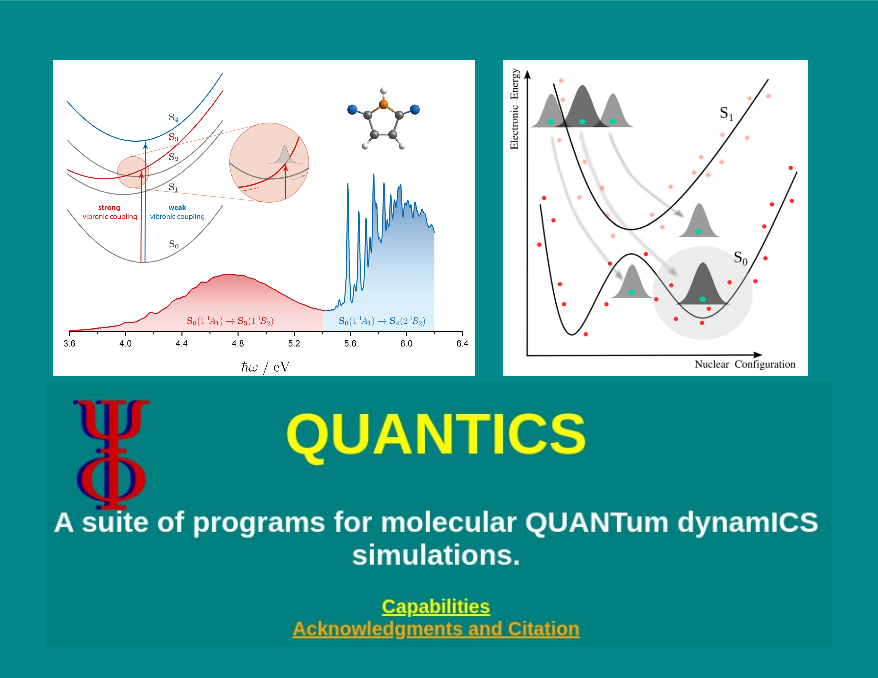
Prof. Graham Worth
The Worth group focuses on quantum dynamics of molecular systems. Their main task consists in developing and maintaining the methods included in the QUANTICS suite of programs such as MCTDH, ML-MCTDH and DD-vMCG. These methods are being applied to explain photostability and fluorescence in several systems of interest, ranging from solids to small gas phase molecules and complementing UV/VIS and attosecond experiments.
 Close
Close

